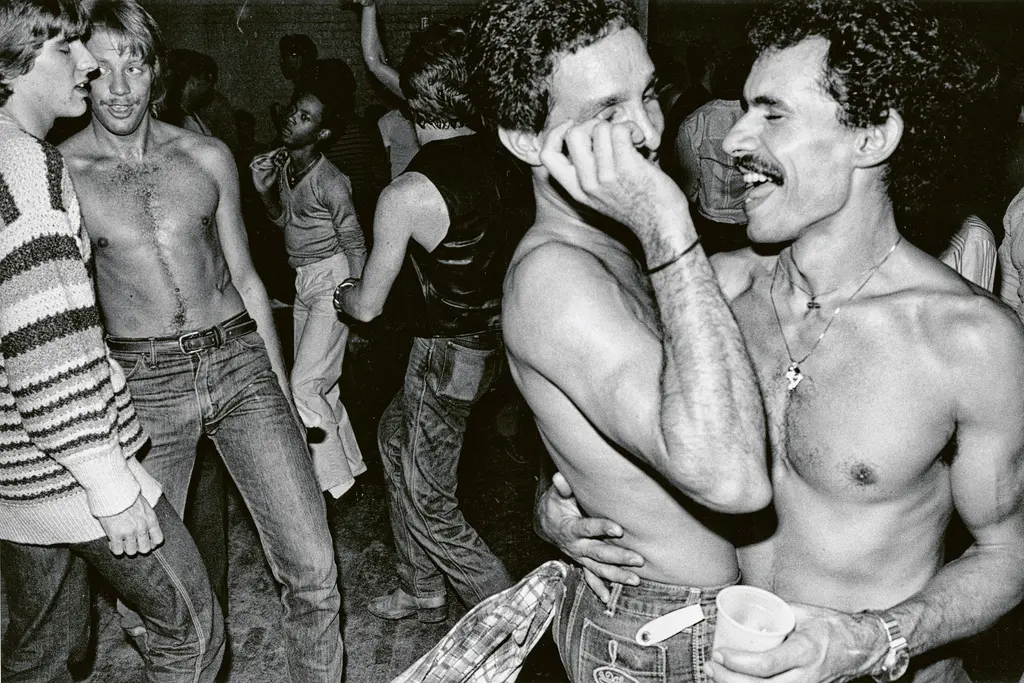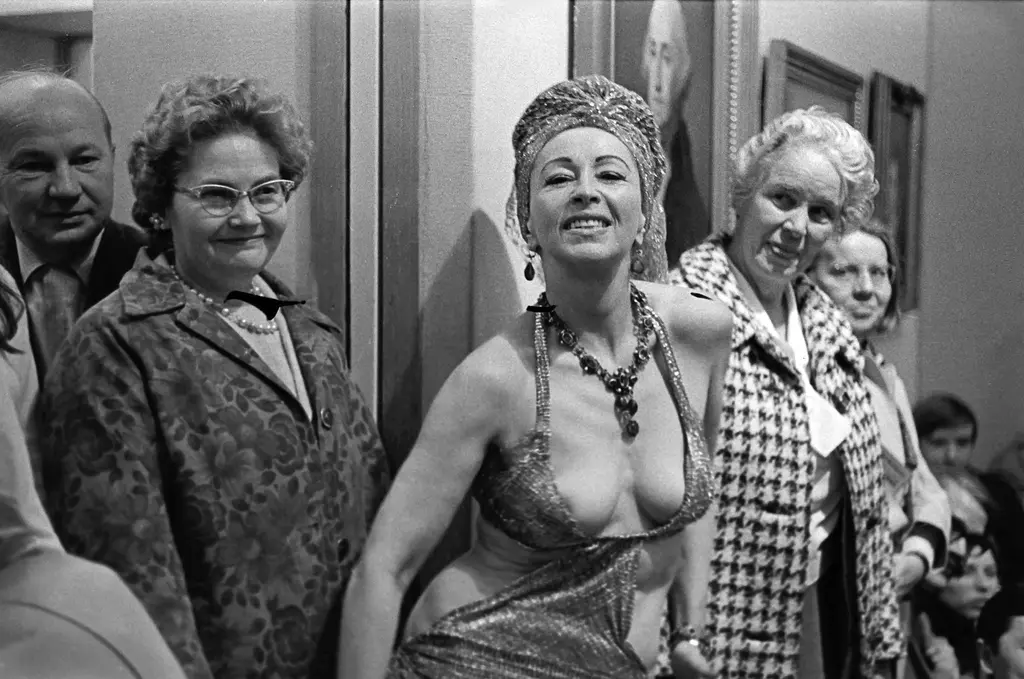Documenting Tokyo’s subways in the 1980s
- Text by Miss Rosen
- Photography by Lionel Derimais

In 1978, French photographer Lionel Derimais, then age 18, joined his father on a business trip to Osaka. He had began exploring his newfound love of photography, and the trip provided a new vantage point for his developing eye.
“At the time, I didn’t know anything about Japan, so everything was new,” Derimais recalls. “I remember my amazement at how much light there was in some streets of Osaka at night, so much that I could take pictures without a flash. We were not the only ones surprised by what we were seeing; many children were surprised at seeing gaijins (foreigners) and wanted to be photographed.”

Scenes of the Tokyo subway, 1987
On that trip, Derimais bought his first photo book, Faces of Japan by Bob Davis, at the hotel gift shop. The work made a deep impression on the budding photographer. “His images capture the simplicity of Japanese life in a way that you rarely see,” he says.
Derimais naturally gravitated to street photography long before the term was common parlance. Inspired by the work of photographers like Robert Frank, Josef Koudelka and William Klein, he took to the streets to “keep a trace of the life around me”.
After living in New York City, London, and Paris during the first half of the 1980s, Derimais was ready for a new adventure. With the emergence of Japan on the global stage, he began organising a move to Tokyo in 1987.

While living outside the city centre in Urayasu, Derimais began riding the subway everyday. “The conditions in which commuters travelled were quite extraordinary,” he says. This provided the inspiration for his latest book, Tokyo Subway 1987 (Café Royal Books).
“When I was boarding the train in the morning it was often already quite packed,” Derimais recalls. “When we arrived at the following stations, I was certain that the people waiting on the platforms would not be able to board the trains – and every time they managed to get onboard. It must be said that Japanese have great patience when it comes to the invasion of personal space.”

Although Derimais had little space to make photographs, he was able to capture intimate scenes of daily life. “Your subjects would be literally a few inches from the camera so it was always a decision — to shoot or not to shoot,” he says. “But I never experience bad reactions. The fact that I was a foreigner certainly helped.”
Although strangers were frequently pressed together, they were able to carve out a little niche for themselves. “The strangest thing was the first time I realised that men on the subway were reading ultra-violent and pornographic mangas,” Derimais says.
“You’d take a cursory look over your neighbour’s shoulder until you slowly realised that the characters were involved in sex acts — and that the guy was reading it in plain sight as if he was reading a normal newspaper. In the end you just got used to it.”




Tokyo Subway 1987 is out now on Café Royal Books.
Enjoyed this article? Like Huck on Facebook or follow us on Twitter.
You might like

Remembering New York’s ’90s gay scene via its vibrant nightclub flyers
Getting In — After coming out in his 20s, David Kennerley became a fixture on the city’s queer scene, while pocketing invites that he picked up along the way. His latest book dives into his rich archive.
Written by: Miss Rosen

On Alexander Skarsgård’s trousers, The Rehearsal, and the importance of weirdos
Freaks and Finances — In the May edition of our monthly culture newsletter, columnist Emma Garland reflects on the Swedish actor’s Cannes look, Nathan Fielder’s wild ambition, and Jafaican.
Written by: Emma Garland

Capturing life in the shadows of Canada’s largest oil refinery
The Cloud Factory — Growing up on the fringes of Saint John, New Brunswick, the Irving Oil Refinery was ever present for photographer Chris Donovan. His new photobook explores its lingering impacts on the city’s landscape and people.
Written by: Miss Rosen

Susan Meiselas captured Nicaragua’s revolution in stark, powerful detail
Nicaragua: June 1978-1979 — With a new edition of her seminal photobook, the Magnum photographer reflects on her role in shaping the resistance’s visual language, and the state of US-Nicaraguan relations nearly five decades later.
Written by: Miss Rosen

A visual trip through 100 years of New York’s LGBTQ+ spaces
Queer Happened Here — A new book from historian and writer Marc Zinaman maps scores of Manhattan’s queer venues and informal meeting places, documenting the city’s long LGBTQ+ history in the process.
Written by: Isaac Muk

Nostalgic photos of everyday life in ’70s San Francisco
A Fearless Eye — Having moved to the Bay Area in 1969, Barbara Ramos spent days wandering its streets, photographing its landscape and characters. In the process she captured a city in flux, as its burgeoning countercultural youth movement crossed with longtime residents.
Written by: Miss Rosen